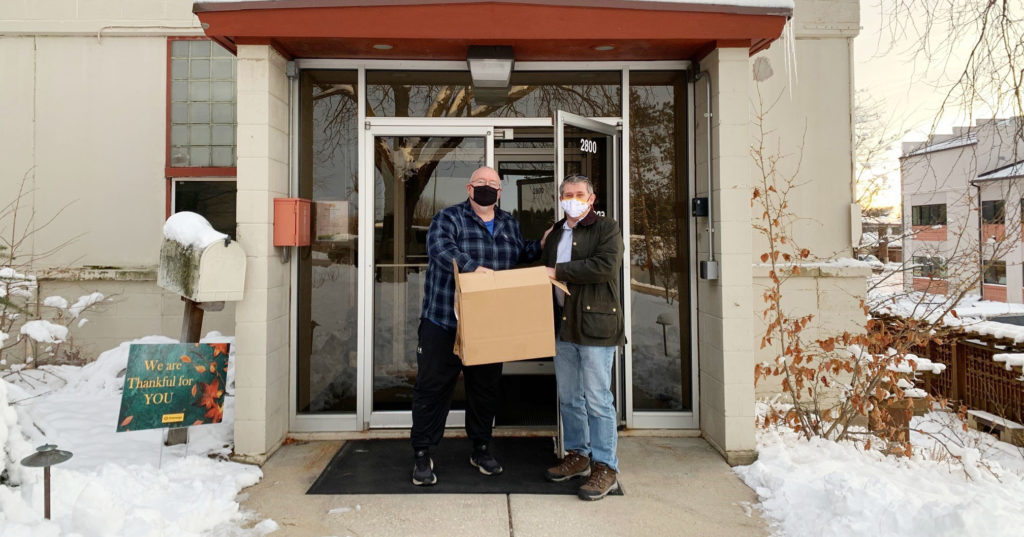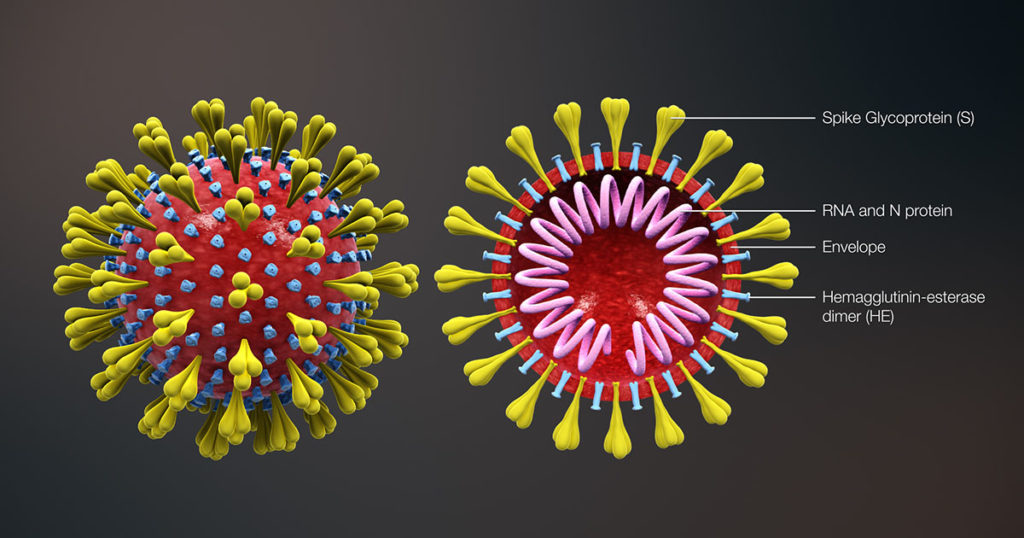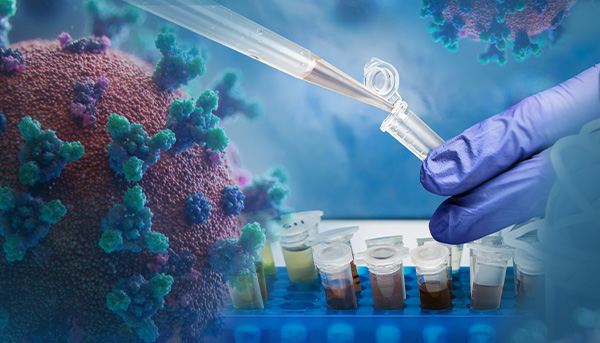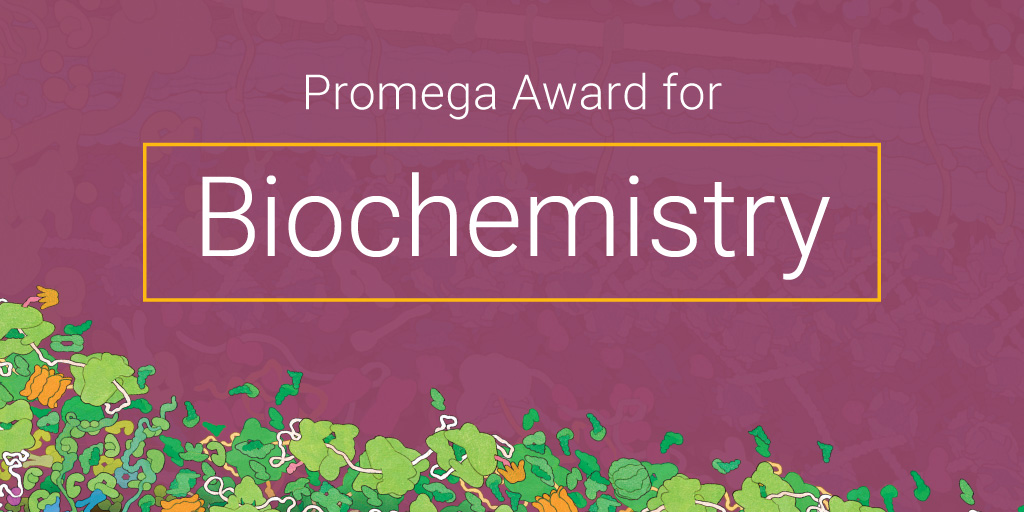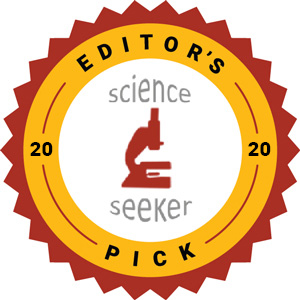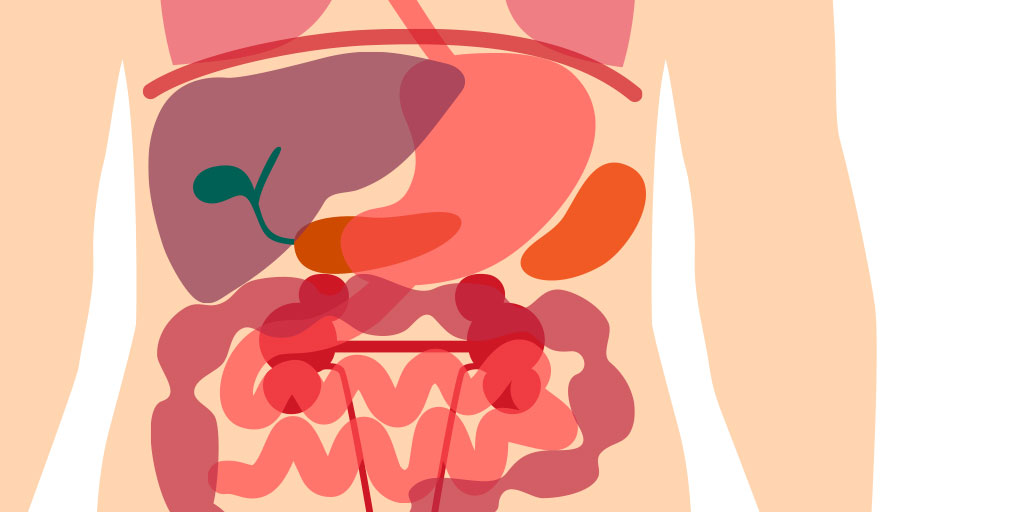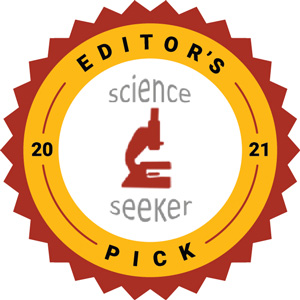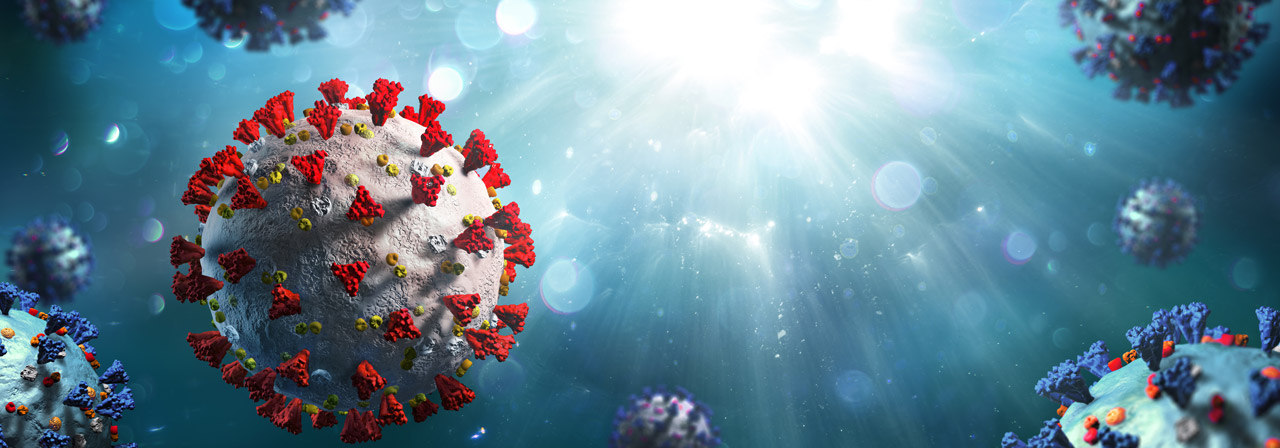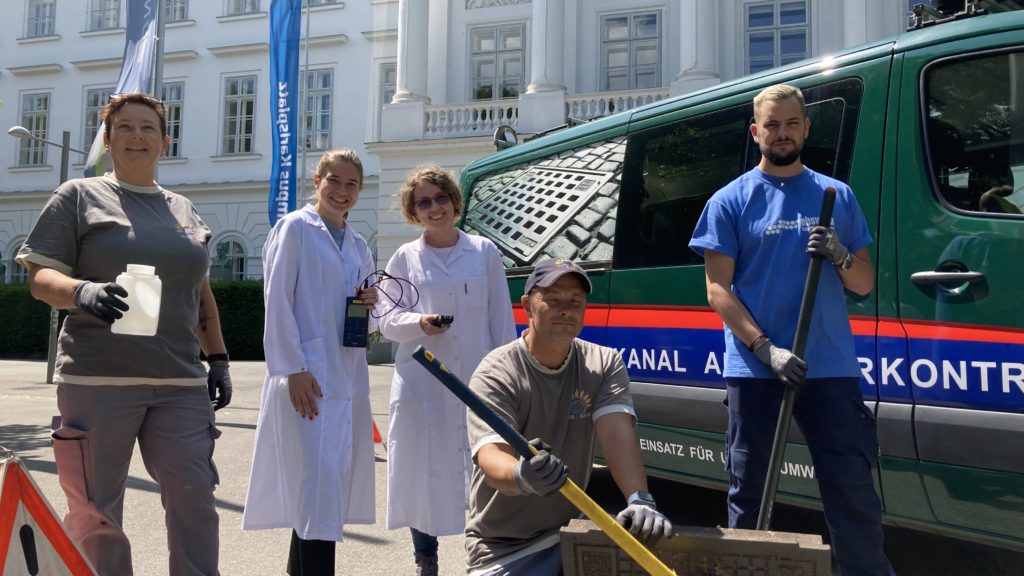
When Kasia Slipko started graduate school at Vienna University of Technology, Institute for Water Quality and Resource Management, she was interested in studying antibiotic resistant microbes in wastewater. For three years, she evaluated different wastewater treatment methods to find out how to remove antibiotic resistant bacteria. But in the spring of 2020, her research took an unexpected turn. That was when the COVID-19 global pandemic hit, caused by the rapid spread of the SARS-CoV-2 virus. Kasia soon found herself at the forefront of another exciting field: using wastewater to monitor viral disease outbreaks.
Continue reading “Automation Helps A Graduate Student Monitor COVID-19 With Wastewater”